87 Views
How to Make Oak Gall Ink

by
Craft Invaders
(IC: blogger)
3 Materials
1 Week
Easy
Do you know what the Magna Carta, the American Declaration of Independence and Jane Austin's Pride and Prejudice all have in common? They were all written in Oak Gall Ink. In fact, many of the world's greatest treasures were; The notes of Leonardo da Vinci, the drawings of Rembrandt and Van Gogh to the music of Handel and Bach are just a few examples. Its use can be traced back at least to Roman times and was used right up until the 20th century. The reason for its popularity was not just due to the fact it was simple to make, but because it formed an indelible ink, perfect for legal documents.
Oak Gall Ink (also known as Iron Gall Ink) is made from the crushed up galls found on Oak trees. These galls formed when a Gall Wasp laid her eggs into the young tissue of the tree. The tree responds by wrapping protective material around the injury and the eggs, which, in turn, provides a cocoon for the developing larvae. Oak Galls are found in many forms across the world. Although some of them are more prized for ink making than others, all contain some tannin which is the ingredient you need.
The galls that we used are often known as Oak Marble Galls or Oak Apples. They are a great thing to forage for while out for a walk. We find them both on the floor and still attached to branches. You can see the perfect little holes in ours where the wasp has left its cocoon.
There are some fantastic, somewhat complicated gall ink recipes on the internet. I found Jane Austins and Sir Isaac Newtons as well as lots of ancient versions. In the end, I decided to keep it simple. The basic idea is that by mixing a tannin solution with an iron solution, a chemical reaction occurs which results in ink.
We collected a good handful of galls. After trying to crush them with little success in a pestle and mortar, I decided to cheat and ground them in my spice grinder. We popped our grounds in a jar and topped it up with water from our water butt. We decided to use rainwater rather than tap to eliminate the risk of adding any extra chemicals to our solution since we were looking for a chemical reaction to take place.
For our iron solution, we popped an ancient iron nail we had found in another jar with some cider vinegar. We left both concoctions to stand for about a week. Then strained them both through a coffee filter paper.
Many of the recipes we viewed suggested adding Gum Arabic to the Ink to improve its ability to hold itself in suspension. We did add half a teaspoon in powdered form to the tannin solution before straining it through a filter paper, but I'm not convinced that we managed to get much of it to dissolve.
We popped our tannin-rich solution into a bowl and started adding the iron solution. The chemical reaction was immediate. As soon as the iron hit the tannin, the liquid turned black.
We have been using our ink with a homemade feather quill pen and love it! It is far more comfortable and smoother to write with than we imagined. The ink continues to oxidise once on the paper and darkens over time. We'd love to hear from you if you have tried to make ink. There are many other natural substances such as tea which is rich in tannins, so if you cant find any oak galls why not give that a go?
If you like our homemade Ink tutorial you might also enjoy our Making Dye from Lichen post and our How to Make Pine Resin Salve tutorial.
Enjoyed the project?
Suggested materials:
- Oak Galls (Foraged)
- Vinegar
- Iron source (you can use iron wool)

Want more details about this and other DIY projects? Check out my blog post!
Published May 25th, 2018 6:51 AM
Comments
Join the conversation
1 comment



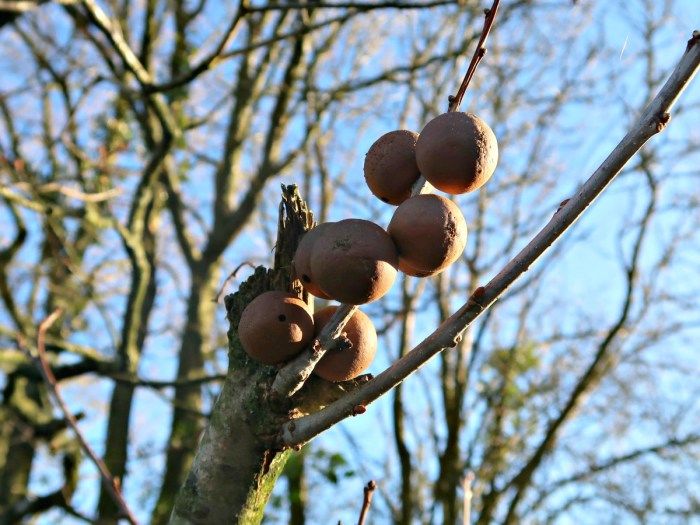








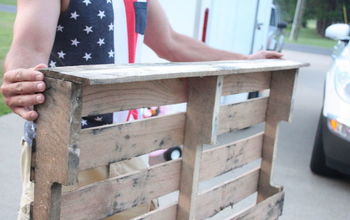






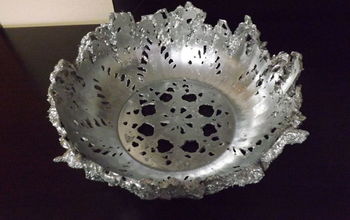

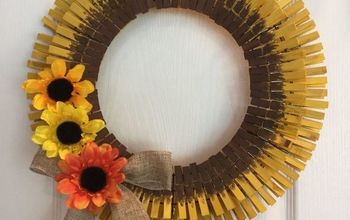
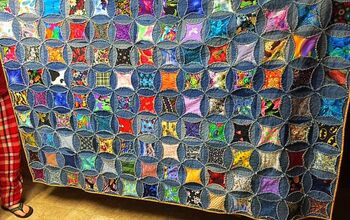











Frequently asked questions
Have a question about this project?